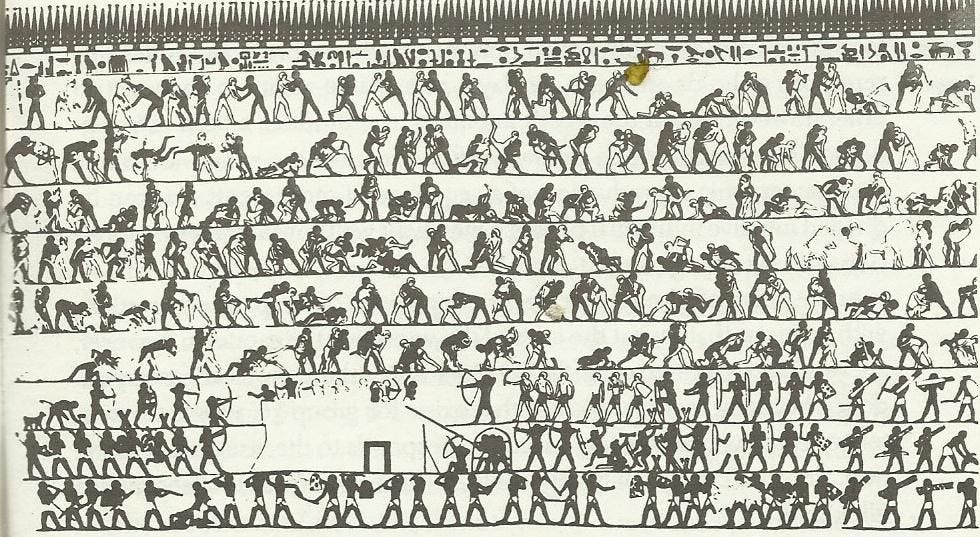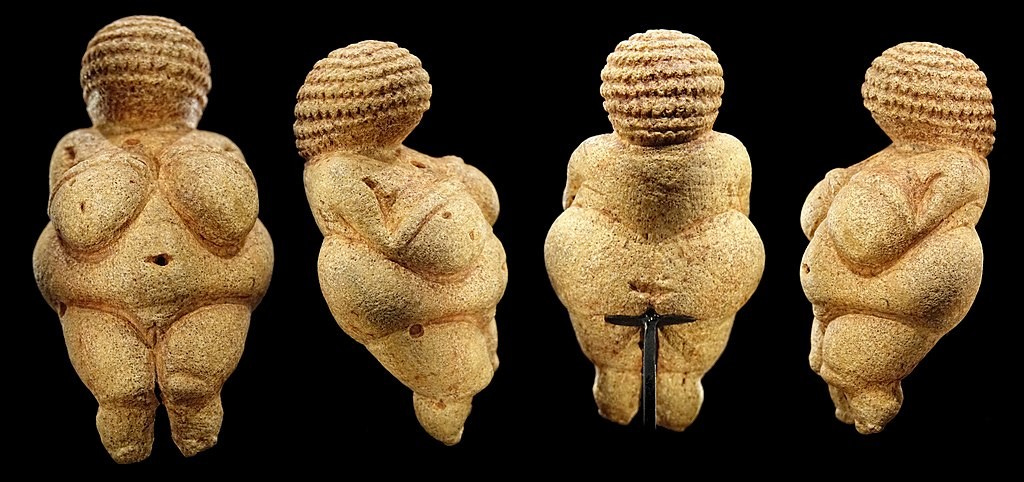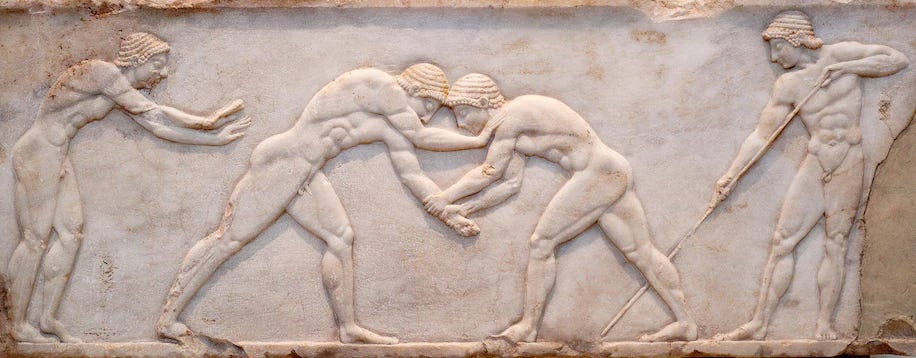Weekly Roundup- April 1st
Things we saw over the course of the week that we thought were cool and noteworthy!
Researchers Trace the Origin of Venus of Willendorf to Northern Italy
The recent analysis of the Venus of Willendorf published in Scientific Reports were able to match stone types using micro-computed tomography (CT) scanning. They argue that the Venus figurine stone was mined from the northern Italian alpine region. Eastern Ukraine might also be the region, which would change many of their conclusions.
No matter where she comes from, she deserves to be free from patriarchal control and any hints of body shaming. Many of our modern women share this body too; time for a radical reclaiming of its beauty. :)
Classical Wisdom Speaks: The War that Made the Roman Empire
Should we blame Cleopatra for the downfall of the Roman Republic? Many do! Well, Kara did a lovely panel discussion—watch here!—with Romanist Barry Strauss and military expert William Murray about the Battle of Actium and Cleopatra’s part in it. Please enjoy!
MORE Cleopatra- Free Reading!
Part of Kara’s When Women Ruled the World is freely available online via Classical Wisdom Litterae (...with dozens of later European images of a very *white*, orientalized, misogynized Cleopatra, to come full circle about how we hold this female leader in our cultural memory!)
See this other Cleopatra related article about “What Happened to Cleopatra's Children” from Mentalfloss—*spoiler alert* many were hunted down and killed.
Was she Greek Macedonian? Was she part Egyptian? Why did she speak and read Egyptian? Did she have a Roman mother? See Prof. Rebecca Futo Kennedy’s take on Who was Cleopatra Really?
Did Egypt have any similar sports? Why or why not?
In this Washington Post article, the Greek sport pankration is discussed in relation to MMA, the fasted growing sport on the planet. This made us wonder: Did the Egyptians have similar, so-called “blood sports”? Well, the short answer is yes, but we don’t see as much of it—a few scenes in tombs here and there of wrestling or of festival stick fighting. It seems the Egyptians did more drinking and partying than fighting.
The argument could be made that blood sports are evident in more competitive societies (think Greece and Rome), where it was important to showcase and display physical power. Most notable we can think of the Roman gladiatorial games. Egypt, being a less competitive society overall, did not engaged in these types of sports to the same degree.
However, there are tomb depictions of wrestling scenes from ancient Egypt- specifically dated to the early Middle Kingdom. This is perhaps linked to the instability in the centralized government; a time when local nomarch had greater power, power which they might have expressed through this wrestling scenes, showcasing their strong, male forces.
Is it a Kama Sutra of wrestling or a play by play of one fight? We don’t know enough about wrestling to know…

Why dreams were so important in ancient Egypt and what Late Bronze Age dreams meant during time of profound social change?
Ever Google what your dream last night meant? Do you have any recurring dreams, like falling or your teeth falling out? So, How did the ancient Egyptians conceive of dreams and dreaming?
The word we translate as dream - resut- actually means ‘awakening,’ which was never used as a verb. To Egyptians you saw a ‘dream,’ you did not ‘dream.’ Interestingly enough we have some record of famous dreams, perhaps most well known is the Dream Stela of Thutmosis IV.
Prince Thutmosis IV tells us that he fell asleep underneath the Sphinx, as one does, and had a dream that he would become king one day… Though the stela was made AFTER Thutmosis was already crowned king.
Read more in the ASOR blog by Kasia Szpakowska

ARCE (American Research Center in Egypt)- New Library Portal
The ARCE library has added the Online Egyptological Bibliography (OEB) to their online portal. ARCE members now have access to their online catalogues and digital library, which include over 5,000 eBooks and publications from Brill, Archaeopress, JSTOR, ARCE, and JARCE.
Check it out here: ARCE Library Portal
Archaeologists Uncover the Oldest Ochre Workshop in East Asia
Ochre processing and tool use in China dating to 40,000 years ago and possibly mined by Denisovans or Neanderthals?! Find the full article published in Nature.
The ancient Egyptians loved to use ochre for pigment- from tomb paintings to coffins. Ochre (iron oxide) was stable, long lasting, and unlike arsenical yellows and oranges, safe and non-toxic. Ochres of many naturally occurring shades were employed to create the colors brown, yellow, and red. Ochres are naturally occurring in veins of limonite or haematite, which would have been mined during planned expeditions in the Eastern deserts of Egypt.
Interested further? See: Nicholson, Paul T., and Shaw, Ian. Ancient Egyptian Materials and Technology / Edited by Paul T. Nicholson and Ian Shaw. Cambridge ; New York: Cambridge University Press, 2000.

An Ancient Frieze in Mexico Depicts a “Time without Time”
Frieze located in Monte Alban, the Zapotec capital, constitutes the longest example of Zapotec writing. Much like ancient Egyptian, the Zapotec language used glyphs to write their language.
Just like the decipherment of the ancient Egyptian language by Champollion and others using Greek and Coptic (Rosetta Stone), scholars have used the later Maya script to help translate Zapotec, which is ongoing.
Open Access Book: Javier Urcid Serrano,2001. Zapotec Hieroglyphic Writing.








